Honey Locust Information – How To Grow A Honey Locust Tree
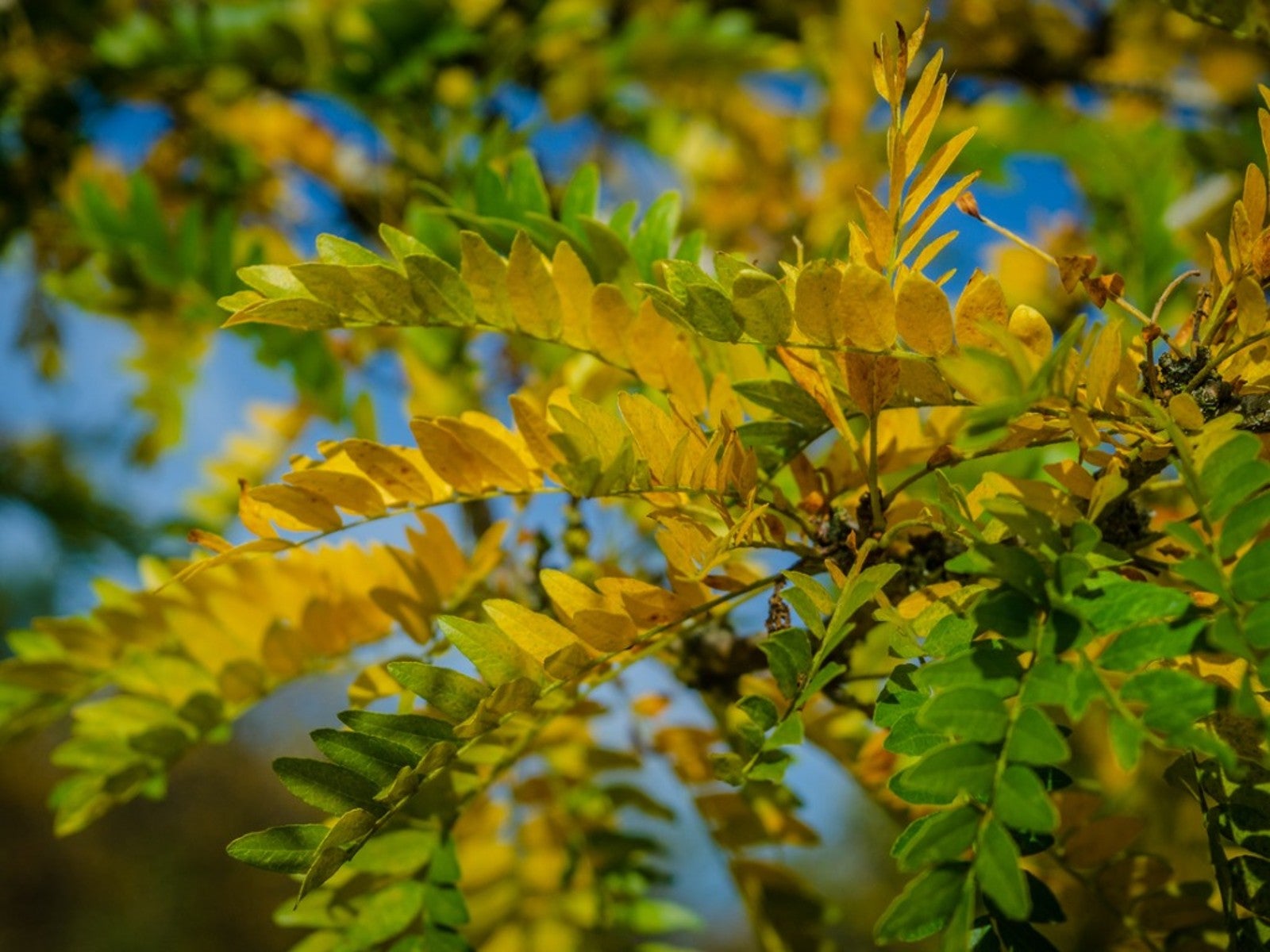

Honey locust is a popular deciduous landscaping tree, especially in cities, where it is used for shade and because the small leaves do not need to be collected in the fall. A little bit of honey locust information is all you need to start growing this tree in your yard.
What is a Honey Locust?
Honey locust (Gleditsia triacanthos) is a tree that is native to parts of the eastern U.S., as far north as Kentucky and Pennsylvania, and as far west as Texas and Nebraska, but it can grow in many areas. In the wild this tree will grow up to 100 feet (30 m.) and beyond, but in landscaping it usually tops out at 30 to 70 feet (9-21 m.).
The leaves of the honey locust are compound, with several small leaflets on a single stem. These small leaflets turn yellow in fall. They are too small to pick up, but they also will not block drains, and this has made the tree popular for city street landscaping.
The honey locust does produce large, dark brown, twisted seed pods in the fall, which can create a mess. Picking them up is advised, but you can find cultivars of the tree that do not produce any seed pods. The tree naturally grows long, sharp thorns but, again, if you’re interested in growing honey locust trees, there are cultivars that do not have thorns.
How to Grow a Honey Locust
They transplant well, so growing honey locust trees is pretty simple to begin with. Choose a sunny location, somewhere you want to add shade, and where you have rich and moist soil.
Make sure you create a large hole for your tree because honey locust has a large, coarse root ball. It will tolerate a variety of soils, but avoid salt, higher pH levels, and drought conditions to avoid the stress that will make it more vulnerable to disease and pest infestations.
Honey Locust Tree Care
Due to the popularity of honey locust in landscaping, it has become vulnerable to a variety of diseases and pests. Good honey locust care includes management, prevention, and treatment for webworm, cankers, borers, powdery mildew, and other pests or infections. When you buy a tree from your nursery, find out what to look for and what steps you should take to prevent infestations, if possible.
Gardening tips, videos, info and more delivered right to your inbox!
Sign up for the Gardening Know How newsletter today and receive a free copy of our e-book "How to Grow Delicious Tomatoes".
Unfortunately, the truth is that honey locust has been overused in landscaping and avoiding all pests or diseases may not be possible. As a result, your tree may be short-lived as compared to its native counterpart in the wild, but it will still be enjoyable for shade and fall color while it remains healthy.

Mary Ellen Ellis has been gardening for over 20 years. With degrees in Chemistry and Biology, Mary Ellen's specialties are flowers, native plants, and herbs.
-
 4 Superfast Composting Methods: Turn Waste Into Garden Gold In 30 Days Or Less
4 Superfast Composting Methods: Turn Waste Into Garden Gold In 30 Days Or LessTry the fastest composting methods to turbocharge your pile and transform kitchen scraps and garden waste into finished compost in just a few weeks.
By Mary Ellen Ellis
-
 Best Spider Plant Soil – Complete Soil Guide And Expert Tips For Keeping Plants Happy
Best Spider Plant Soil – Complete Soil Guide And Expert Tips For Keeping Plants HappySpider plants are fun and easy plants to grow, but what is the best soil for a spider plant? Selecting the right soil is important so they can thrive.
By Bonnie L. Grant
-
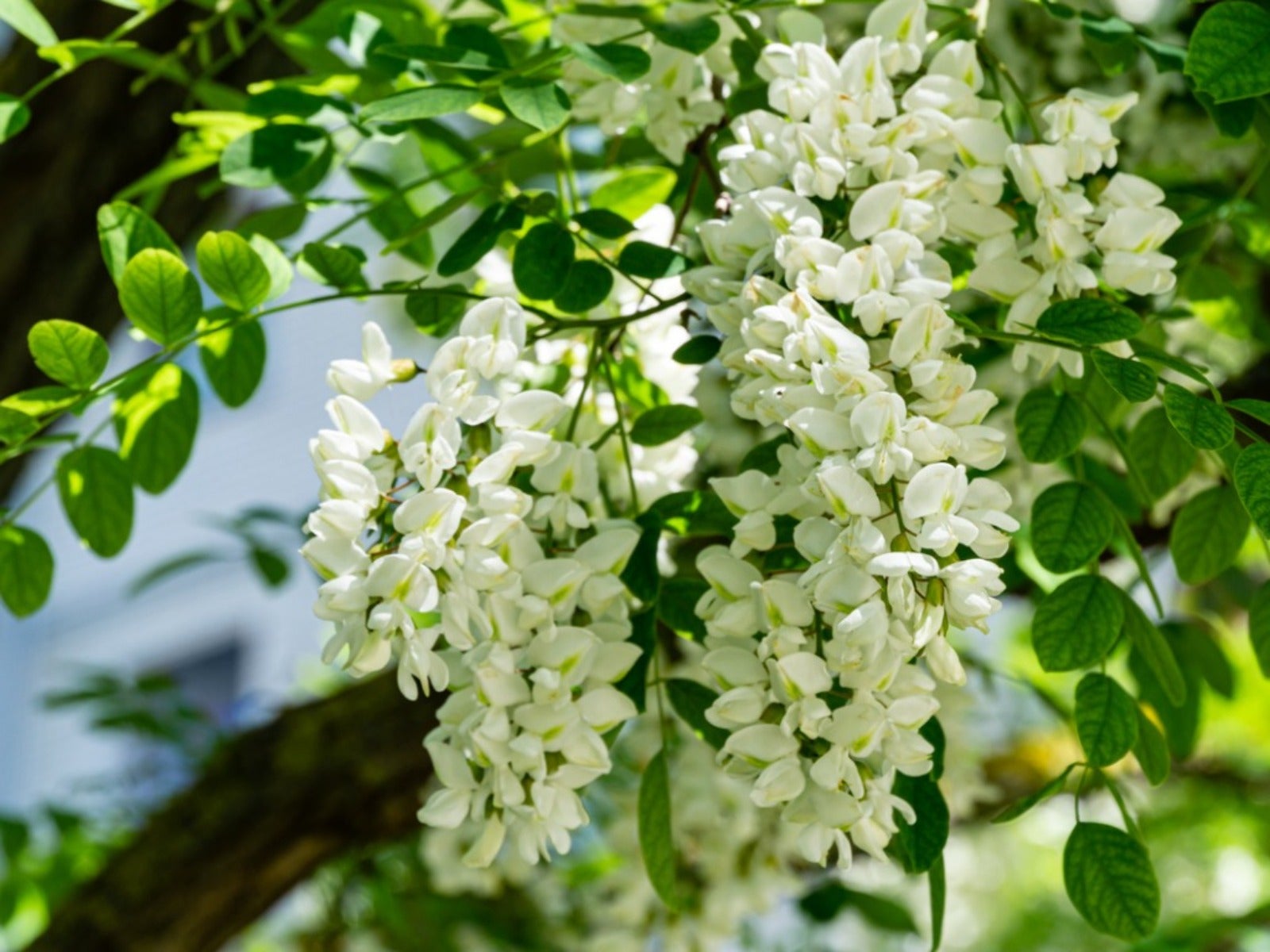 Are Black Locust Trees Invasive Even Though They’re Native?
Are Black Locust Trees Invasive Even Though They’re Native?Is the black locust tree a stunning ornamental or an extremely invasive undesirable? Read on for the curious answer.
By Teo Spengler
-
Twisty Baby Locust Care: How To Grow A Twisty Baby Locust Tree
If you’re looking for a dwarf tree with year-round interest, try black locust ‘Twisty Baby’ with a unique contorted form. Click here for more info.
By Amy Grant
-
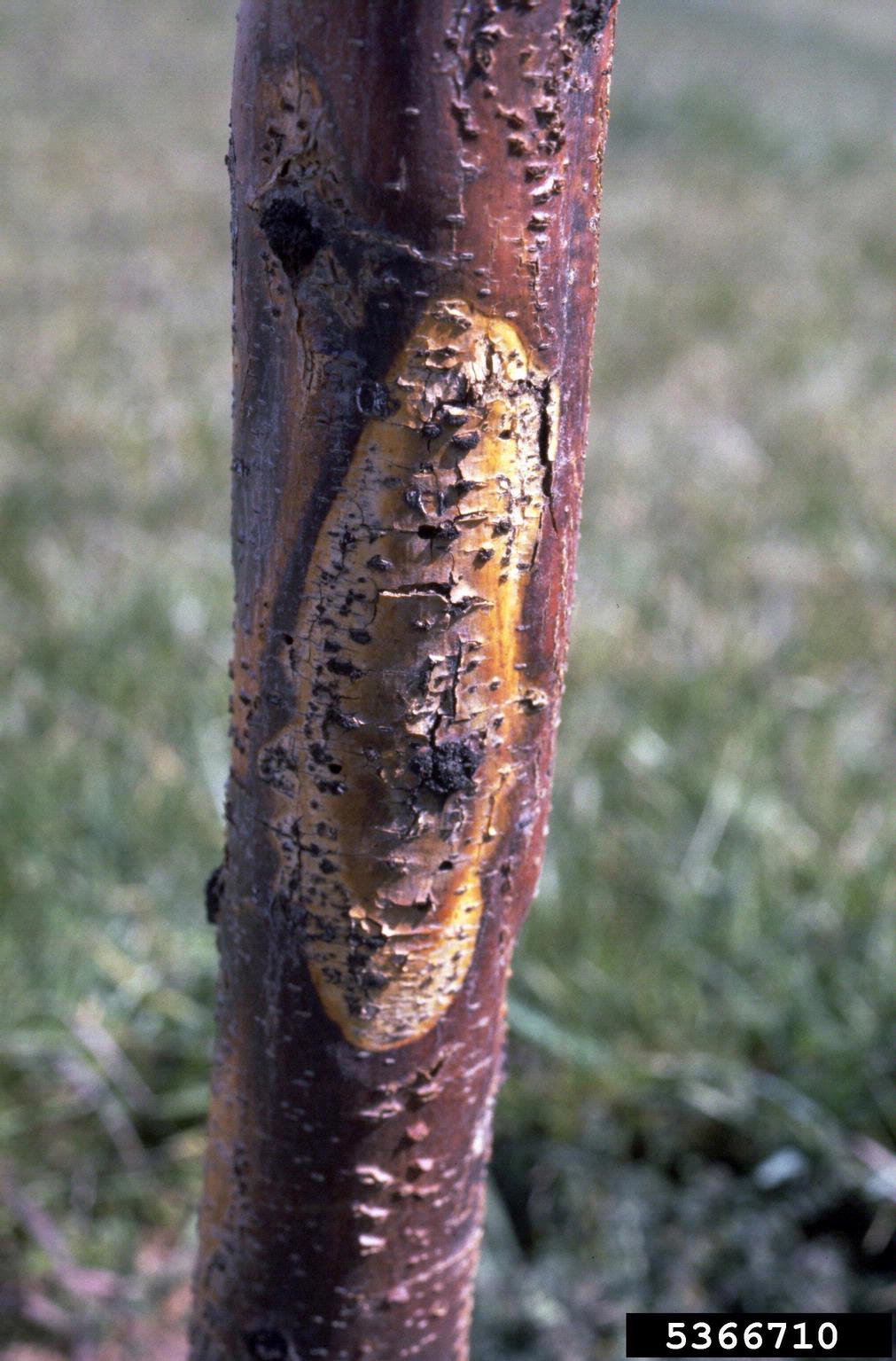 What Is Thyronectria Canker – Learn About Thyronectria Canker Treatment
What Is Thyronectria Canker – Learn About Thyronectria Canker TreatmentBecoming more familiar with potential diseases that may impact or diminish tree health is one way to accomplish this. Thyronectria canker on honey locusts, for instance, is an infection that can cause undue plant stress and decline. You can learn more about it here.
By Tonya Barnett
-
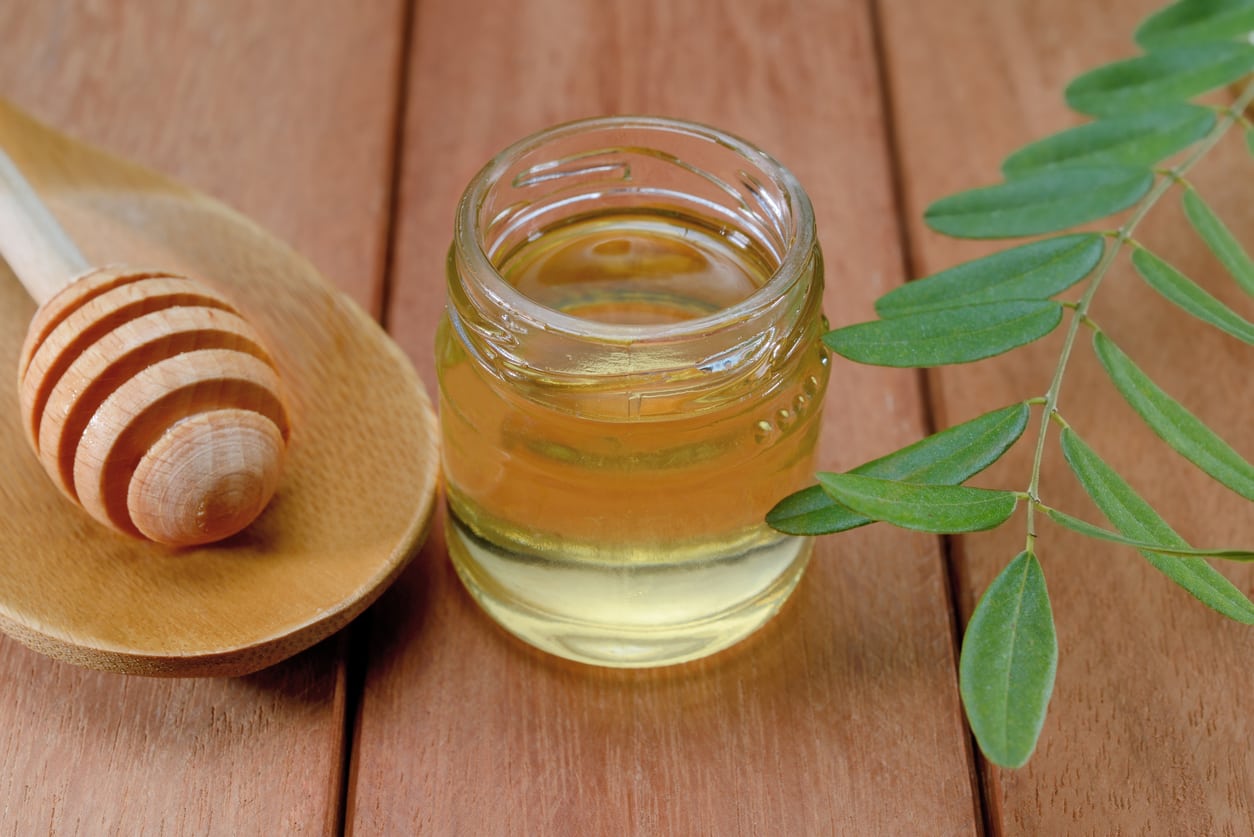 What Is Acacia Honey: Learn About Acacia Honey Uses And Benefits
What Is Acacia Honey: Learn About Acacia Honey Uses And BenefitsWhere does acacia honey come from? Maybe not where you think it does. Click this article to find out the answers to these questions, as well as acacia honey uses and more fascinating acacia honey information.
By Amy Grant
-
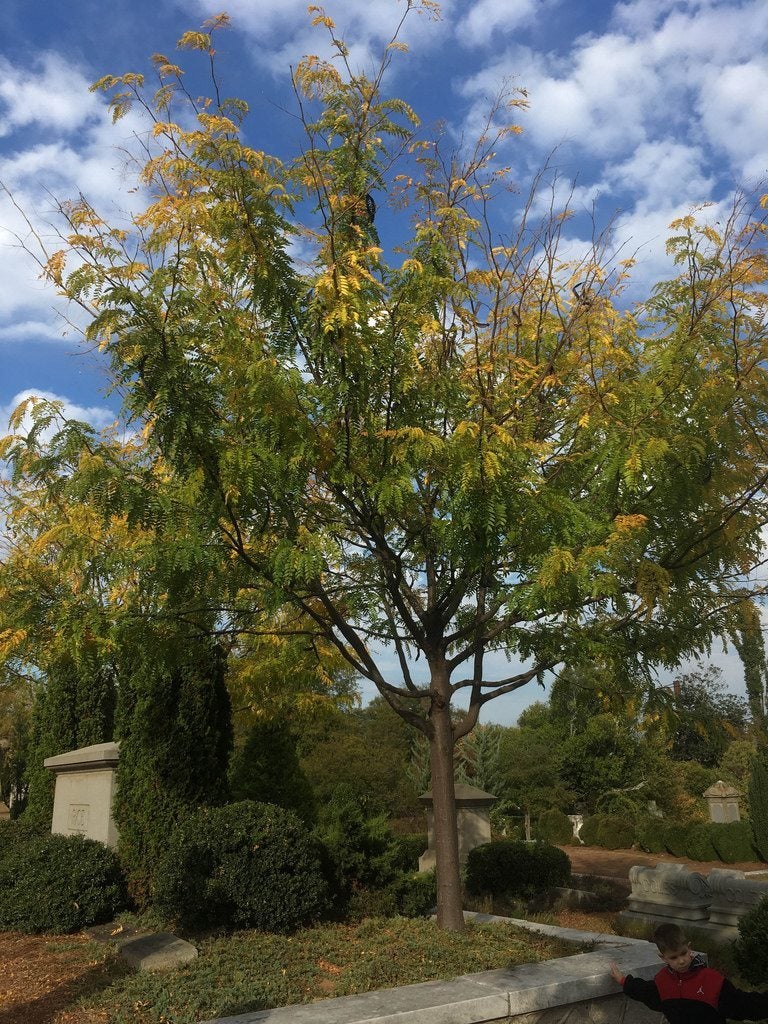 Skyline Honey Locust Care: Learn How To Grow A Skyline Locust Tree
Skyline Honey Locust Care: Learn How To Grow A Skyline Locust TreeUnlike other honey locust varieties, Skyline is thornless. These thornless honey locusts are great additions to the landscape as a shade tree. Interested in growing Skyline honey locusts? Click on this article to find out how to grow a Skyline locust tree.
By Amy Grant
-
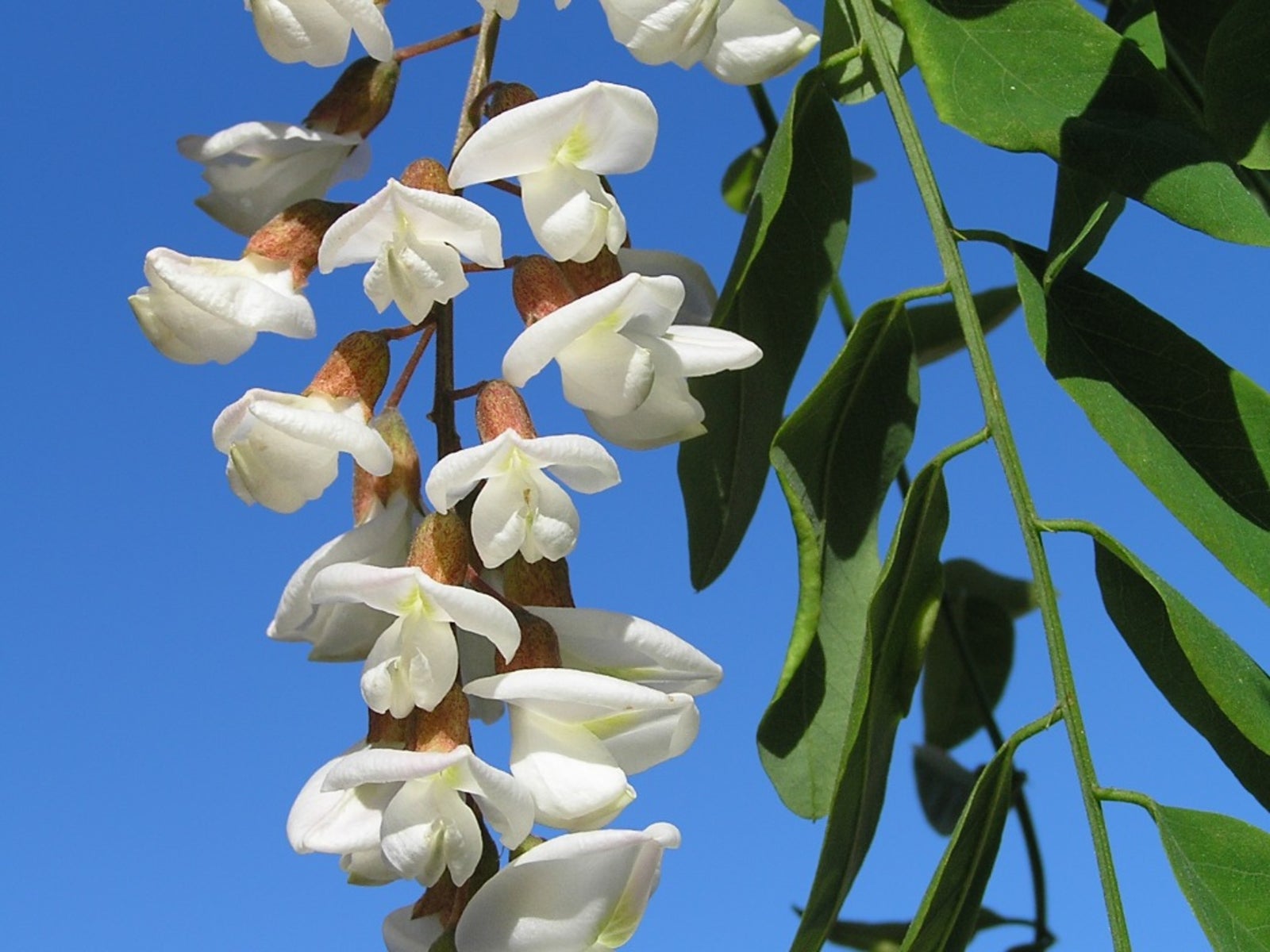 Black Locust Trees For Landscaping: Tips On Growing Black Locust Trees
Black Locust Trees For Landscaping: Tips On Growing Black Locust TreesBlack locust trees are at their best in late spring. Growing black locust trees is easy, but they can become weedy if you aren't diligent about removing suckers. Read here for more black locust information.
By Jackie Carroll
-
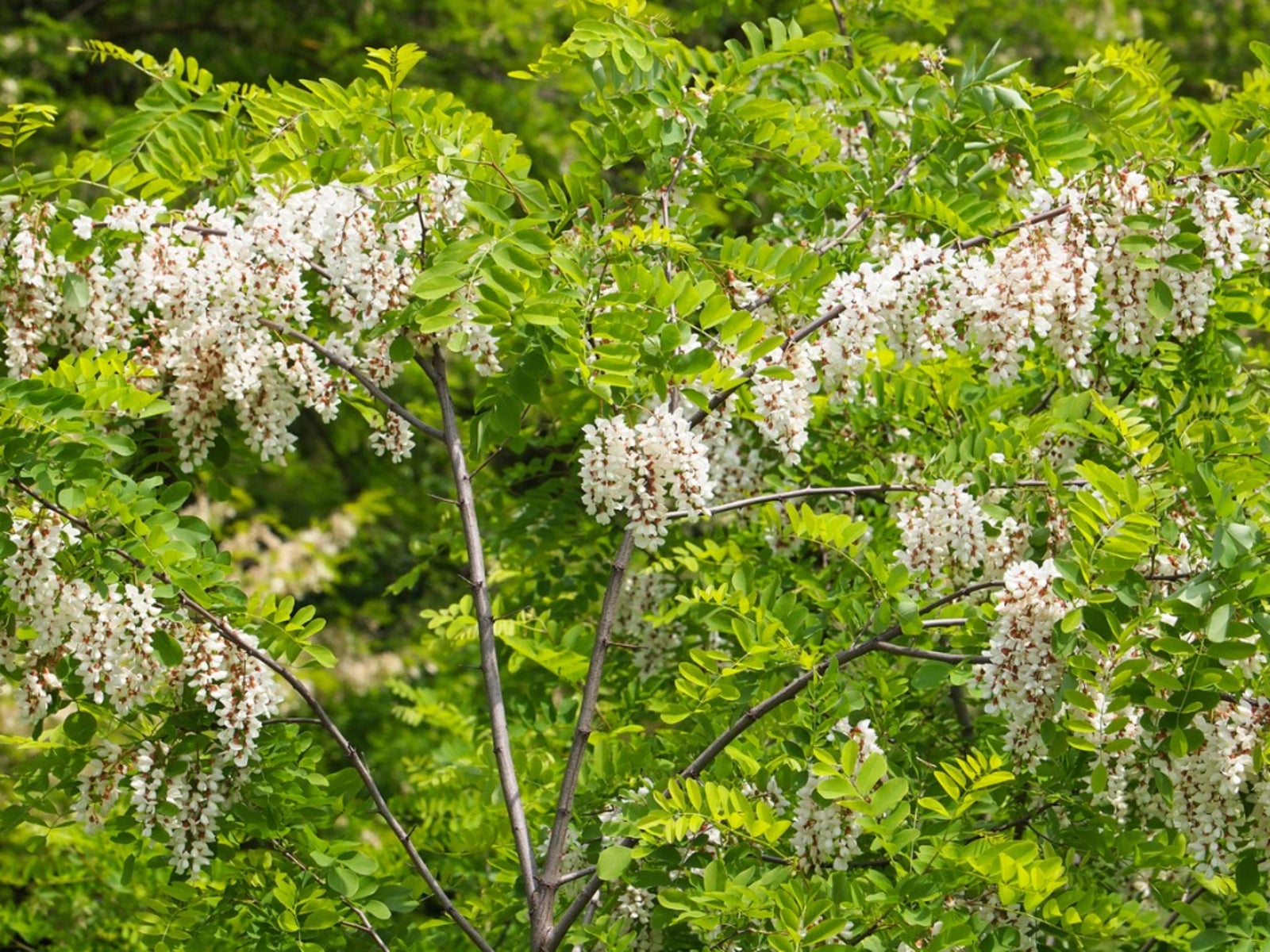 Locust Tree Information - Types Of Locust Trees For The Landscape
Locust Tree Information - Types Of Locust Trees For The LandscapeLocust trees produce large clusters of pea-like flowers that bloom in spring followed by long pods. Growing locust trees is easy and they adapt well to lawn and street conditions. Learn more here.
By Jackie Carroll